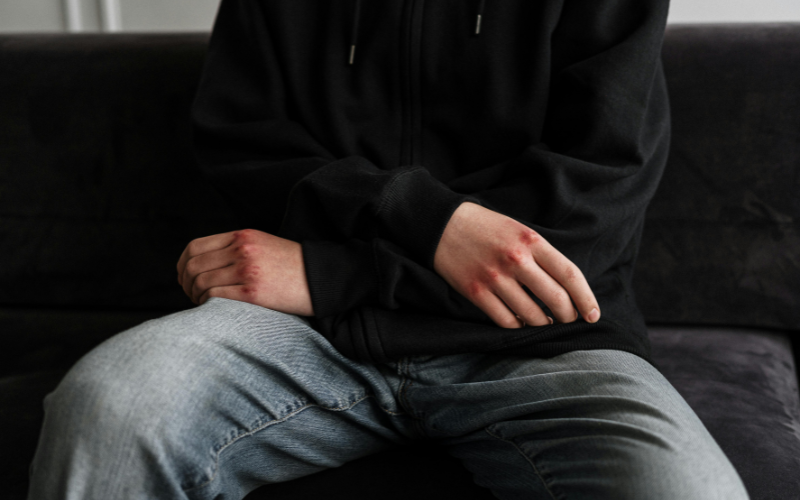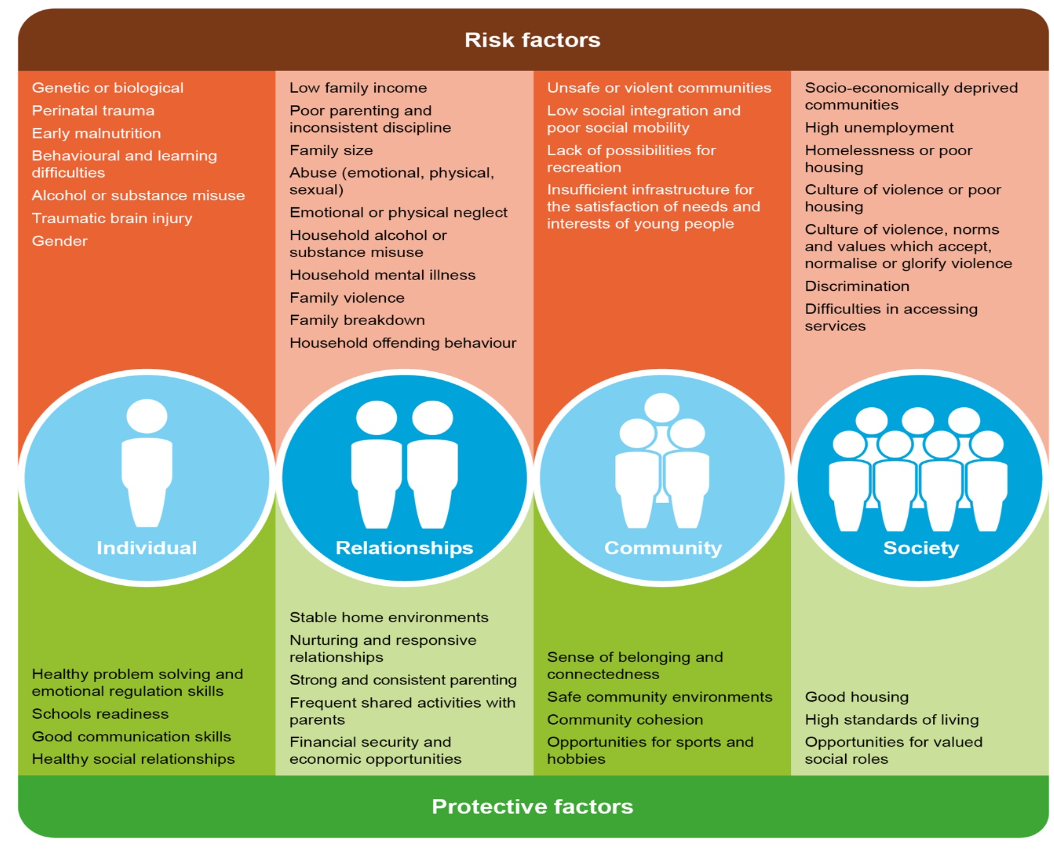
In March 2024 we ran a webinar in collaboration with Kent and Medway VRU and the Kent Child Centered Policing team. The purpose of this webinar was to empower schools with the knowledge of knife crime and serious youth violence and ways to help prevent and reduce this type of violence from occurring.
This blog delves into the facts and statistics discussed in the webinar.
Serious Youth Violence in the UK
Knife crime and other forms of serious youth violence are becoming more and more prevalent in the UK. The Ben Kinstella organisation, reports that knife crime has risen by 5% in the past year which marked a concerning rise in violence across England and Wales. The UK Governments Serious Violence Strategy, found that since 2014 homicide, knife crime and gun crime have risen across virtually all police forces in England and Wales.
The Metropolitan and West Midlands police force areas report the highest volumes of knife-related crimes. In the West Midlands, incidents rose by 5% to 5,239, while the Metropolitan Police Service recorded a significant 22% increase, reaching 13,957 incidents.
This increase of knife-related crimes poses significant challenges to both law enforcement and community safety. Equally concerning is the rise of knife crimes being committed by youths. In January 2024, two boys, Mason Rist aged 15, and Max Dixon 16, were fatally stabbed in Ilminster Avenue in Knowle West, south Bristol. Two of the suspected victims are young men aged 14 and 17.
Serious Youth Violence is defined as any offense of most serious violence or weapon enabled crime, where the victim is aged 1-19.
Serious Youth Violence Risk Factors
Risk factors that could lead young people to serious youth violence can be separated into 4 categories:
- Individual risk factors
- Relationship risk factors
- Community risk factors
- Society risk factors

These risk factors help educators and police understand the factors in a child’s life that make them more likely to be involved in serious violence, either as a victim or perpetrator.
Why Serious Youth Violence Happens
There are three main reasons why youths turn to violence:
Self protection and fear are particularly significant motivations for individuals who have prior experience of victimisation, and may be characterised as ‘defensive’ weapon-carrying.
Self-presentation is perceived to play an important role for individuals who seek to conjure notions of ‘street credibility’ and ‘respect’ where they perceive a lack of access to status symbols.
Utility motivates those who use weapons to facilitate other behaviours, we may characterize this as ‘offensive’ weapon-carrying.
Offensive Weapons
An offensive weapon is something that is made, adapted or intended to be used to cause injury to another person. Offensive weapons are grouped into these categories:
- Made: Items made for the use of causing injury such as a knife, knuckle dusters or a baton.
- Adapted for use: An item that has been changed to use as a weapon such as a broken bottle or sharpened stick.
- Intended by the person: This could be an everyday item that is carried with the intention to use as a weapon such as a cricket bat or bottle of bleach. This includes planning to use it defensively.
Consequences of Carrying a Weapon
Many people are unaware of the consequences of possessing an offensive weapon which can include:
- Possession of an offensive weapon in a public place up to 4 years imprisonment
- Possession of an article with blade or point in a public place up to 4 years imprisonment
- Possession of an article with blade or point or offensive weapon on education premises Up to 4 years imprisonment
Why Young People Carry Weapons
Kent Police interviewed young people to ask why they would carry knives. Here are some reasons they gave:
- Knives are easy to get hold of
- For protection
- To feel safe
- Become it’s cool
- Everyone else is carrying one
- For someone else.
It is important to note that 99% of young people in the UK are NOT carrying a knife. IT is vital for students to realise this and that the perception of “everyone else is” is simply not the case. Kent police also reported that 65% of young people who carry a knife are actually injured by their own knife being used against them.
Snitching vs Reporting
One of the main reasons young people do not report the possession of knives or other weapons is due to the fear of being labeled a “snitch” or being accused of telling tales.
Educating your students that reporting concerning behaviour, such as possession of a weapon, is an important step in knife crime prevention. Highlight the fact that keeping themselves and their peers safe is not snitching and that they should not let the fear of a label prevent them from doing the right thing.
‘The behaviour you walk past, the behaviour you ignore, is the behaviour you accept’ – David Morrison
The role of PSHE and school culture in reducing violence
Research undertaken by the Youth Endowment Fund has found that evidence based Relationships and Sex Education leads to 20% reduction in violence.
Therefore it is vital that your organistaion’s RSHE/PSHE curriculum examines the following themes:
- Healthy social relationships
- Emotional regulation
- Communication skills
- Problem solving
- Sense of belonging and connectedness
- Nurturing and responsive relationships
Here are three approaches we suggest at Life Lessons to help reduce youth violence:
- Equip pupils with skills
- Lead a responsive curriculum
- Build a school culture of empathy & respect
Equip pupils with skills
Equip young people with social skills of:
- Managing their emotions
- Being able to be vulnerable
- Critical thinking – Saying no and making informed choices
- Disagree respectfully
You can do this by:
- Focusing on discussion and developing oracy skills
- Scenario based learning – how would you respond?
- Allow opportunities for deliberate practice – role plays, drama, variety of activities
- Hear alternative narratives – offering different perspectives
Lead a responsive curriculum
- Use behaviour and safeguarding data to feed into the curriculum as well as form time and assembly content
- Focus on reiterating key messages through cross-curricular links
- Keep content relevant to what is happening in the world, specifically for young people, and provide opportunities to discuss these topics in a safe space
- Use evaluation tools to gather pupil voice and inform your curriculum
School culture of empathy & respect
All staff trained/equipped to have these conversations for preventative safeguarding
- Be able to recognise the signs of harmful behaviour
- Staff feel confident to respond to respond to concerns in line with the school’s safeguarding procedures
Importance of discussion – Give pupils a safe space to discuss these topics
- Opportunity to explore difficult topics
- Building vocabulary and confidence through deliberate practice
- Build relationships with peers and teachers
- More likely to report incidents
Behaviour policy – not just punitive
- A system that supports students to reflect on their behaviour and learn from it
- Consistent use of the behaviour policy from all staff to support students with consistent messages and boundaries
- Working closely with parents to reiterate messages at home
If you would like to discuss how Life Lessons can help your school to implement these 3 strategies, then get in touch with a member of our team today HERE.
References
- Murder investigation launched after two boys, 15 and 16, stabbed in Bristol | UK news | The Guardian
- Knife crime increases by 5% in last year | The Ben Kinsella Trust
- Bristol stabbings: Twelve arrests over fatal attack on boys – BBC News
- Serious Youth Violence – HSCP (hscb.org.uk)
- Serious Violence Strategy – GOV.UK (www.gov.uk)
- David Morrison Speech Transcript: The standard you walk past is the standard you accept. – What’s Your Message? (vividmethod.com)
- New research finds that schools delivering specialist Relationship and Sex Education lessons can significantly reduce violence in partner relationships (youthendowmentfund.org.uk)
